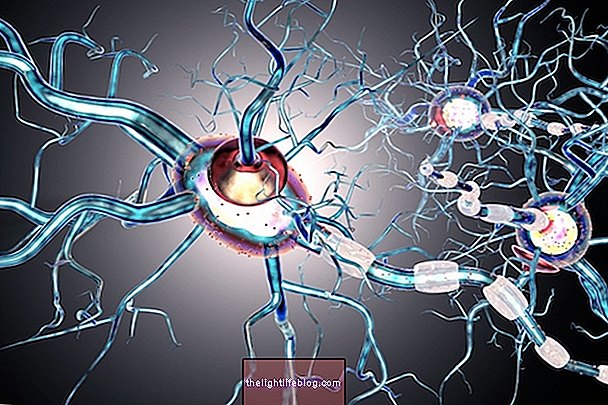Cancer is one of the most serious diseases because of its ability to spread cancer cells throughout the body, affecting nearby organs and tissues, but also more distant sites. These cancer cells that reach the other organs are known as metastases.
Although the metastases are in another organ, they continue being formed by carcinogenic cells of the initial tumor and, by that, does not mean that cancer has developed in the new affected organ. For example, when breast cancer causes metastases in the lung, the cells continue to be from the breast and should be treated in the same way as breast cancer.

Main symptoms
In most cases, metastases do not cause new symptoms, however, when they occur these symptoms will vary depending on the affected site, including:
- Pain in the bones or frequent fractures, in case of affecting the bones;
- Difficulty breathing or feeling of shortness of breath, in the case of metastases in the lungs;
- Severe and constant headache, frequent convulsions or dizziness in the case of brain metastases;
- Yellowing of the skin and eyes or swelling of the belly, in the case of affecting the liver.
However, some of these symptoms may also arise due to the treatment of cancer, and it is advised to inform the oncologist of all new symptoms so that the possibility of being related to the development of metastases is evaluated.
How they grow
Generally metastases arise in tissues that are closest to the original site of the cancer, however, with the development of the disease, cancer cells can pass through the lymph nodes and blood vessel walls, being transported by the circulatory and lymphatic system to other organs .
In the new organ, the cancer cells accumulate to form a tumor similar to the orginal. As they are in large numbers, the cells can cause the body to form new blood vessels to bring more blood into the tumor, causing it to grow rapidly.
Most affected places
Although metastases can occur anywhere in the body, the areas that are most often affected are the lungs, liver, and bones. However, these sites may vary according to the original cancer:
| Type of cancer | Most common sites of metastases |
| Thyroid | Bones, liver and lung |
| Melanoma | Bones, brain, liver, lung, skin and muscles |
| Mama | Bones, brain, liver and lungs |
| Lung | Adrenal glands, bones, brain, liver |
| Stomach | Liver, lung, peritoneum |
| Pancreas | Liver, lung, peritoneum |
| Kidneys | Adrenal glands, bones, brain, liver |
| Bladder | Bones, liver and lung |
| Intestine | Liver, lung, peritoneum |
| Ovaries | Liver, lung, peritoneum |
| Uterus | Bones, liver, lung, peritoneum and vagina |
| Prostate | Adrenal glands, bones, liver and lung |
How is the treatment done?
When cancer spreads to other organs it is more difficult to achieve cure, however, the treatment of metastases should be kept similar to the treatment of the original cancer, with chemotherapy or radiotherapy, for example.
In more severe cases, where the cancer is highly developed, it may not be possible to eliminate all metastases and therefore the treatment is mainly done to alleviate symptoms and delay the development of cancer.






















